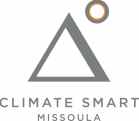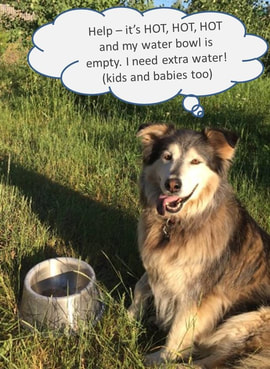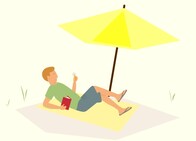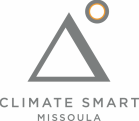|
Summer is often pleasant in Missoula, but we’re also experiencing much hotter days and warmer nights, thanks to climate change. Now's a great time to take precautions and look out for each other, our kids, our neighbors and even our pets.
Check out our 2 minute video (right). When it's hot, drink plenty of water, curtail exercise, seek shade, never leave kids or pets in the car, and check in on your neighbors, especially older adults. To address extreme heat, we need to plan and build a future better suited for hot summers, with cool places to go, abundant shade, comfortable homes, and lots and lots of water. We can learn so much from what other communities are doing - check out a new resource via Climate Ready Missoula HERE. For more about the science and changing summers, click HERE. |
VIDEO: How to "Weather" the Summer Heat
If the above film does not load automatically, download here. Worth it!
|
Explore our heat resources:
|
Additional REsources & Good Reads
2022 - good reads and resources:
2021 - we recommend these:
More
|
Help create cooler homes for all Missoulians!
We need to improve sub-standard housing, build more affordable housing, and improve the efficiency of all our buildings. And of course, join in the effort to find climate solutions from the local to the global scale. We can adapt only so much to a warming world. Learn more about our collaborative Building(s) for the Future work. |







